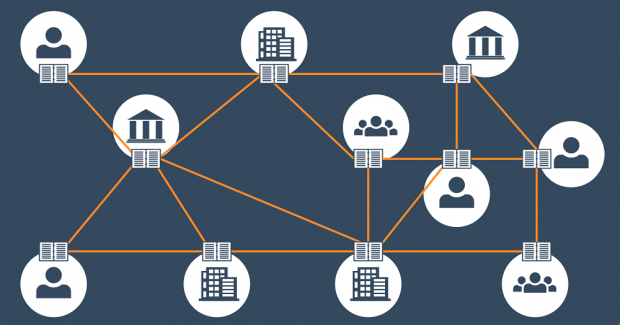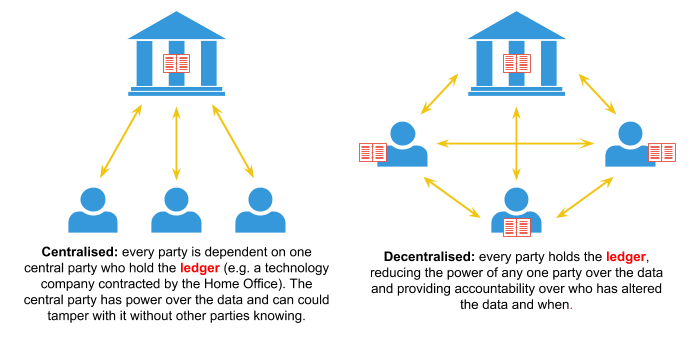
The growing cryptocurrency market has given distributed ledger technologies (in particular, blockchains) momentum throughout industry. There is growing enthusiasm for using these technologies within governments for identity, criminal evidence chains, and energy trading.
Distributed ledger technology might sound like complicated jargon, but the underlying principle is simply sharing the ownership of ledgers (for example, records of financial transactions or interactions with data) amongst multiple people or organisations to ensure that there is no single point of control.

By distributing the ledgers, nobody can change or add to the ledger without others verifying that action, and the authorship of that action will be forever known. Distributed ledgers are therefore appealing in situations where data may be at risk of tampering, loss, or extortion if stored by a central party.
What are the Experts Saying?
Several concerns have been raised about using distributed ledgers within government:
- Who decides who the ledger should be shared with? When dealing with sensitive or confidential information, somebody needs to select people to share the ledger with to ensure information does not fall into the wrong hands. However, that person could select untrustworthy individuals, or otherwise use their power in a corrupt manner, negating the advantages of distributed ledgers over a central storage solution.
- It is impossible to retroactively change information. This makes the technology appealing to financial transactions where records should be historic, but this makes it unsuitable where information may need to be retroactively changed.
- It may be unsuitable for large numbers of users. Larger-scale use cases should be considered on their need for growth in the number of users and interactions, because right now these may lead to poor performance and significant energy use. But, technological solutions to these scaling issues are in development.
- It may disrupt established workflows. End-users will have different working behaviours, digital literacies, and attitudes to technology which must be factored in when considering distributed ledger use cases.
- It is not yet mainstream. Distributed ledger technology currently lacks established standards and legislation, its conformance to existing and emerging standards is unclear. For example, it is questionable whether a hash of personal information could constitute personal information under the GDPR.
- Is the data to be stored generated in a decentralised way? If the process generating the data has some other point where a single authority has complete say over what the data will look like, then DLT may add very little in terms of preventing tampering and imbuing trust.
There is a lot of hype behind distributed ledgers, but it may not always be the best solution, particularly because the technology is immature and unproven. Development may be challenging because of the immaturity of the technology. Therefore, when considering a use case, consider whether it is too early to consider a distributed ledgers; should it be left to the market at this stage? Can the problem be solved with more mature or simpler technology?
As the distributed ledger technologies continue to evolve, the Open Innovation Team will aim to identify where the technology could improve public services by engaging academics and experts across industry.